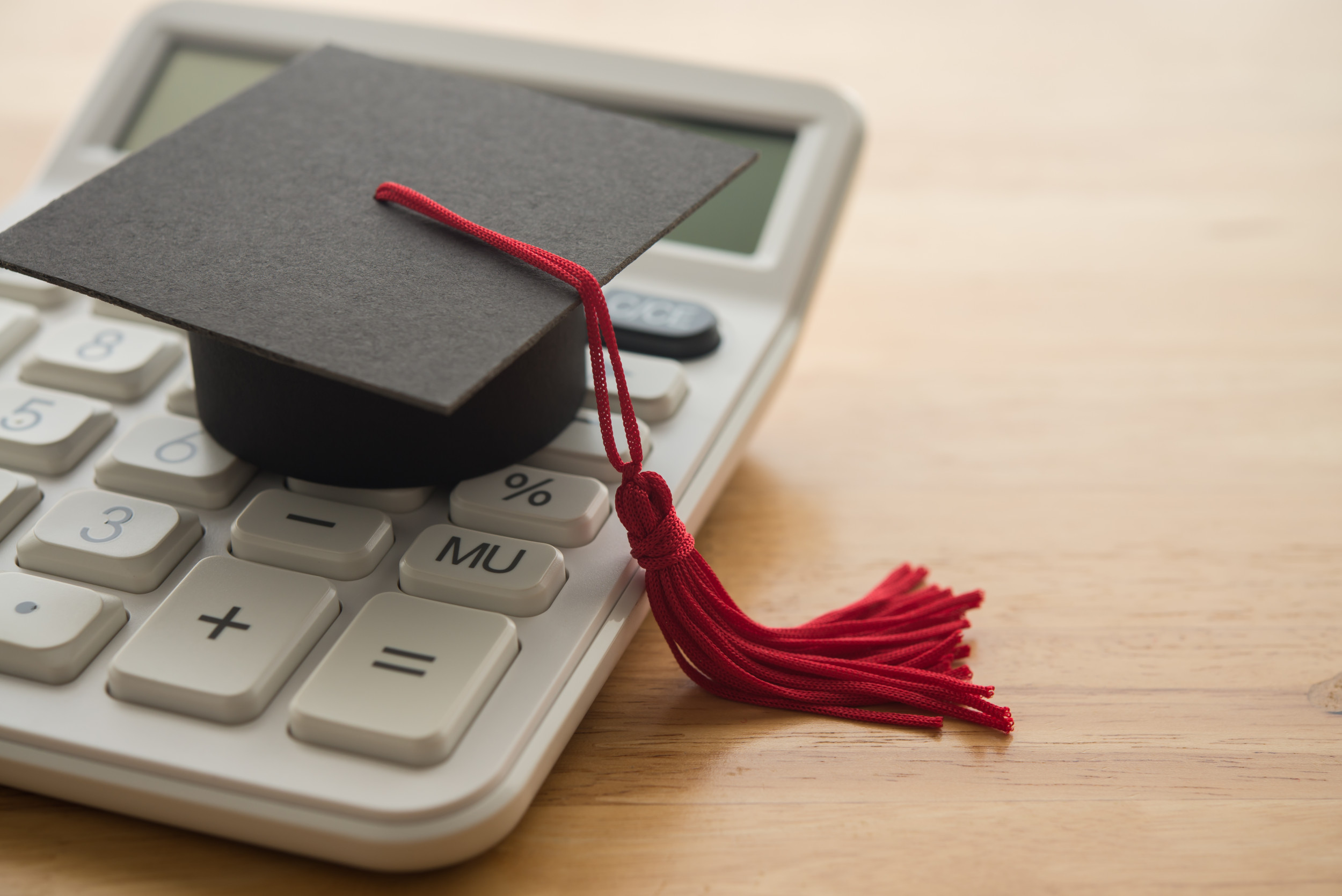
A slew of changes to the federal student loan system have won the approval of Senate lawmakers this week, marking a major shift in how students borrow and repay federal education loans.
Why It Matters
On Tuesday, Senators narrowly passed its version of the One Big Beautiful Bill Act, with Vice President JD Vance calling the decisive vote in the GOP’s favor.
The bill, if signed into law by President Donald Trump, would bring about major changes to the federal loan system. Under the current version of the megabill, student loan repayment choices would be narrowed to just two options, starting for borrowers taking out loans after July 1, 2026.
What To Know
Several widely-used repayment plans—the Biden administration’s SAVE plan, Income Contingent Repayment, and Pay As You Earn—would be discontinued, leaving borrowers with a choice of two: the newly introduced Repayment Assistance Plan (RAP), or a traditional standard repayment option.
The standard repayment plan remains the same as it is now, and structures loan terms based on the total amount borrowed, typically lasting anywhere from 10 to 25 years.
Under RAP, borrowers could enroll in a repayment plan based on their income. Those earning $10,000 or less would pay $120 annually, or $10 per month. For incomes between $10,001 and $20,000, the payment rate would be 1 percent of annual income. The rate would then increase by 1 percentage point for each $10,000 income bracket—2 percent for $20,001 to $30,000, and so on—capping at 10 percent for borrowers earning $100,001 or more.
It would also extend the timeline for loan forgiveness to 30 years, an increase from the current 20–25 years required under many existing plans.
GETTY
Graduate and Parent PLUS Loans
The bill would also do away with the Graduate PLUS loan program, effective July 1, 2026. It currently allows graduate and professional students to borrow up to the full cost of attendance.
In its place, borrowing would be capped at $100,000 for most graduate students and $200,000 for those in medical or law programs.
Parent PLUS loans would also face a borrowing limit of $65,000 and would no longer qualify for any income-driven repayment options.
Deferment
The bill also eliminates deferment options for economic hardship and unemployment.
However, loans can be rehabilitated from default twice, doubling the current one-time limit. Loan rehabilitation is a way of getting your student loan out of default by making a certain number of consecutive, on-time payments to your loan holder under an agreement.
What People Are Saying
Student Debt Crisis Center executive director Sabrina Calazans in a statement on Tuesday: “Lawmakers have chosen to plunge their constituents into economic uncertainty by removing a majority of the remaining protections and programs that exist for Americans with student loan debt. If this bill is signed into law, students, borrowers, parents, and families will see a direct hit to their pocketbooks and, as a result, there could be a mass wave of defaults.”
Dr. Shaan Patel, CEO and founder of the standardized test prep and college admissions company Prep Expert, previously told Newsweek: “Consolidating repayment options into two streamlined plans may sound like simplification, but it could be a double-edged sword. The current menu of repayment plans—while admittedly confusing—allows borrowers to match repayment to their financial circumstances.”
What Happens Next
The bill is now being considered by the House of Representatives. The president has said he wants it signed into law by July 4—Independence Day.
